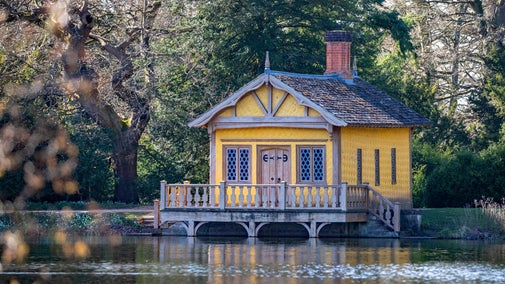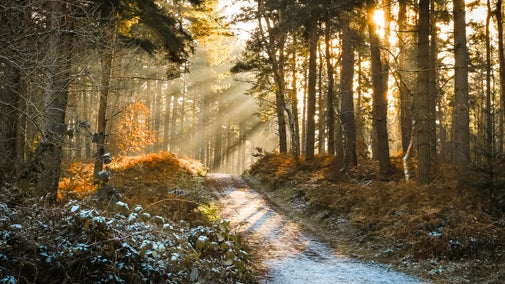Tattershall Castle Archaeology & Wildlife Walk
Nottinghamshire & Lincolnshire
This walk explores the estate of Ralph, 3rd Baron Cromwell - Lord Treasurer to Henry VI - and allows you to discover its hidden history through archaeology and wildlife. Tattershall Castle and parts of the wider estate are a Scheduled Monument, affording it special protections and designating it a nationally important archaeological site. The walk incorporates the village Market Place, itself a conservation area.
Near to
Tattershall CastleStart point
The flagpole at the roadside near the entrance sign for Tattershall Castle, Sleaford Road, LN4 4LRTrail information
Tattershall Castle opening times
Tattershall Castle and its car park are normally closed between November and mid-February. However, this walk is outside the main castle grounds and thus can be competed at any time of the year. Alternative parking is available a five-minute walk away in the village marketplace.
More near here
Gunby Hall to Bratoft Manor walk
This linear trail takes in the historical lumps and bumps of the former Medieval village of Gunby.

Monksthorpe Chapel walk
Explore old churches and Monksthorpe Chapel on this scenic walk around Gunby's estate, as well as plentiful birdlife and a disused railway line.

Belton Estate Riverside walk
A short riverside walk along the River Witham in Belton Park. Lincolnshire.

Belton Pleasure Grounds Walk
Explore the Pleasure Grounds at Belton and get closer to nature via woodland paths that meander past unusual trees, water features, and follies.

Get in touch
Our partners

We’ve partnered with Cotswold Outdoor to help everyone make the most of their time outdoors in the places we care for.
You might also be interested in
Walking
Explore some of the finest landscapes in our care on coastal paths, accessible trails, woodland walks and everything in between. Find the best places to walk near you.

Tattershall Castle
Magnificent 15th century red brick castle - what wealth and power looks like

Visiting with your dog
The National Trust’s pawprint system gives all the places in its care a rating. More information is in the National Trust members’ handbook. Tattershall Castle is a two pawprint rated place.

Eating and shopping at Tattershall Castle
Find out what you can purchase and where you can eat when you visit Tattershall Castle.

The history of Tattershall Castle
Delve into the rich and dramatic past of Tattershall Castle.

Cotswold Outdoor: our exclusive walking partner
Learn about the National Trust’s ongoing partnership with Cotswold Outdoor. Find out how they help us care for precious places and the exclusive discount available for National Trust supporters.

Staying safe at National Trust places
The special places in National Trust care sometimes come with a few risks for visitors, be it coastline or countryside. Find out how to keep safe throughout your visits.

Walking in Nottinghamshire and Lincolnshire
From the parkland, woods and lakeside views of Clumber Park to the ancient woodland around Belton House, discover where to go for the best walks in Nottinghamshire and Lincolnshire.

